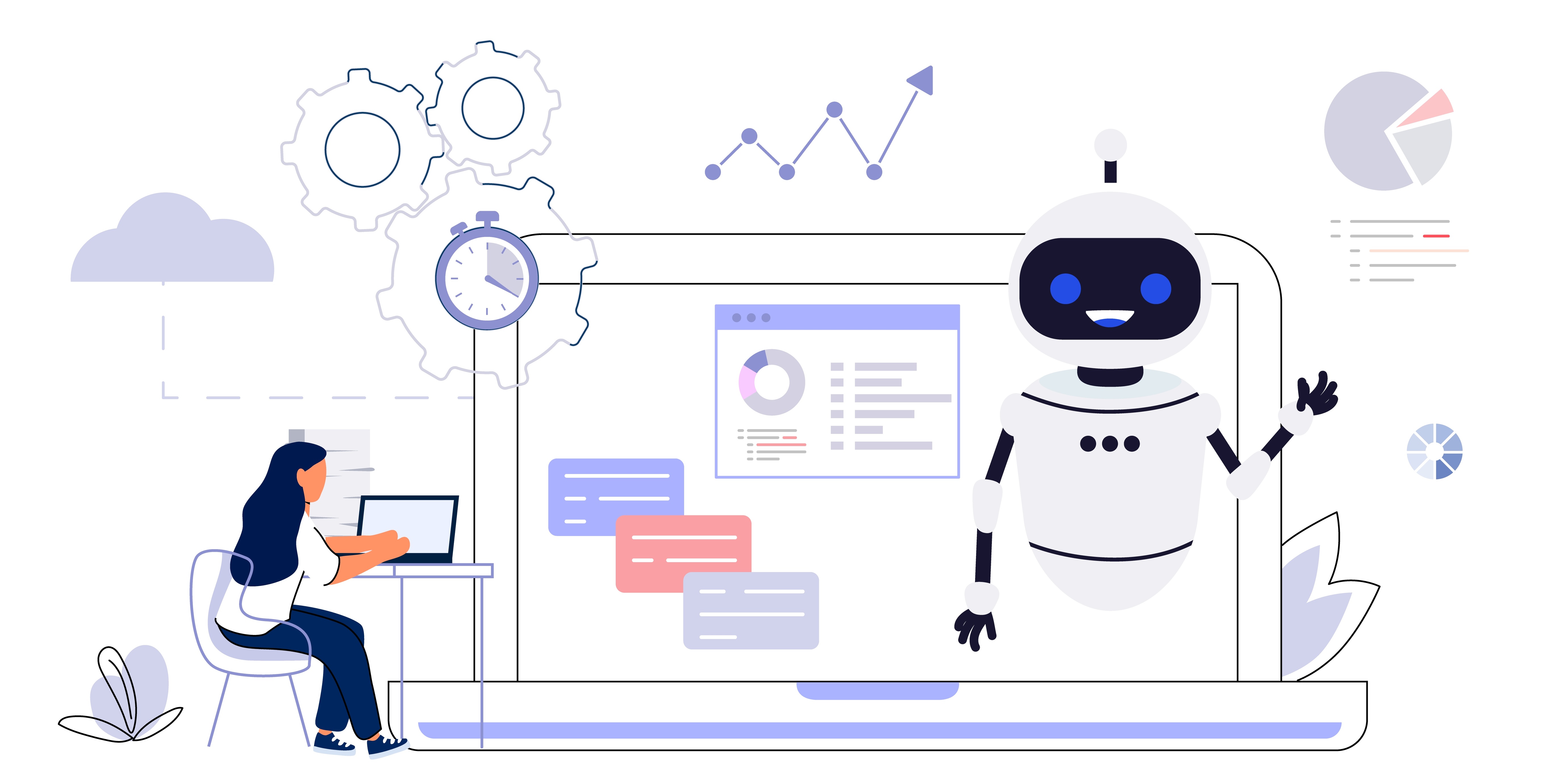



In today’s fast-paced work environment, executive assistants (EAs) are expected to juggle multiple responsibilities—everything from managing executive calendars to handling travel arrangements and optimizing operational workflows. So, how can you do more with less stress? The answer lies in automation.
Automation isn’t just a buzzword; it’s a game-changer for executive assistants who want to reclaim time and focus on higher-value tasks. In this blog post, we’ll explore how to leverage automation tools and strategies to 10x your productivity.
Why Automation Matters
Executive assistants often spend a significant portion of their time on repetitive tasks like scheduling, email management, and data entry. While these tasks are critical, they can consume hours of your day—time that could be spent on strategic initiatives or improving executive support.
“Automation doesn’t replace the value of an executive assistant—it enhances it by freeing up time for the tasks that truly matter.”
When used effectively, automation allows EAs to:
- Reduce human error.
- Speed up processes.
- Maintain consistency across workflows.
- Focus on creative problem-solving and relationship building.
Tools to Transform Your Workflow
Here are some of the best tools to get started with automation:
1. Zapier
Zapier acts as a bridge between apps, automating workflows by triggering actions in one app based on events in another. For example:
- Automatically save email attachments from Gmail to Google Drive.
- Create calendar events from tasks in Asana or Trello.
2. Calendly or Microsoft Bookings
Simplify scheduling by letting others book time directly based on your executive’s availability. These tools eliminate the back-and-forth emails and sync seamlessly with most calendar systems.
3. Microsoft Power Automate
Perfect for larger organizations, Power Automate allows you to create custom workflows. Examples include:
- Automating approval processes for expense reports.
- Sending automated reminders for upcoming deadlines.
4. Notion and Airtable
If you manage large datasets or project workflows, tools like Notion and Airtable can automate task assignments, reminders, and data updates.
5. Grammarly for Emails
Speed up email communication by using tools like Grammarly, which can auto-suggest phrases and ensure professional tone and grammar.
Real-Life Examples of Automation
Here are some practical examples of how you can implement automation as an executive assistant:
Automating Meeting Prep
- Use Zapier to automatically pull meeting agendas and attach them to calendar events for easy reference.
Streamlining Travel Booking
- Integrate apps like Expensify or TripActions with your email to auto-track receipts and itineraries.
CRM Management
- Automate reminders for follow-ups with key stakeholders using a CRM like HubSpot or Salesforce.
Expense Tracking
- Link tools like QuickBooks or Expensify with your company’s finance systems to automatically categorize expenses.
Challenges and How to Overcome Them
While automation is incredibly powerful, it’s not without challenges:
- Learning Curve: Some tools, like Microsoft Power Automate, require upfront learning. Start small and expand gradually.
- Customization: Not all workflows are “one-size-fits-all.” Take time to tailor automations to fit your unique needs.
- Executive Buy-In: Communicate the value of automation to your executive and team by showing measurable time savings.
1. Identify Repetitive Tasks
Start by listing all the repetitive tasks you perform daily or weekly. These are prime candidates for automation.
2. Choose the Right Tools
Research tools that integrate well with your current apps and systems. Look for those that require minimal coding knowledge.
3. Test and Iterate
Begin with simple workflows and expand as you grow more comfortable. Make sure to test automations thoroughly before relying on them.
4. Measure Success
Track how much time you save with automation and look for additional areas to optimize.
Final Thoughts
Automation is not about replacing the human touch—it’s about amplifying it. By taking repetitive tasks off your plate, you can spend more time focusing on strategic support, building trust, and ensuring your executive’s success.
Ready to start automating? Explore tools like Zapier, Calendly, and Microsoft Power Automate today, and see the difference it makes in your productivity.
Remember, the ultimate goal isn’t just efficiency—it’s impact.